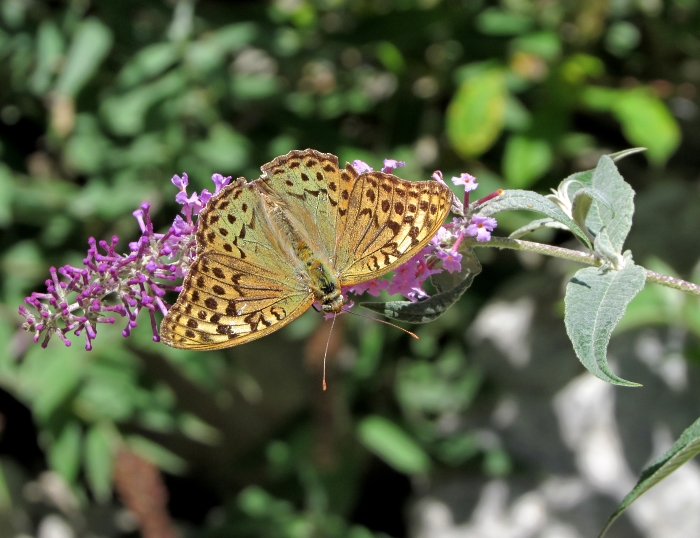Argynnis pandora
Refresh page if pictures don't load fully:

Male, Switzerland, June 2016

Female, Switzerland, May 2015

Female, Switzerland, May 2015

Male, Switzerland, May 2015

Male, Switzerland, May 2015

Male, Switzerland, May 2015

Male, Switzerland, May 2018

Male, Switzerland, May 2015

Male taking minerals, Switzerland, May 2015

Female, Switzerland, May 2015

Female, Switzerland, July 2014

Female, Switzerland, May 2014

Female, Switzerland, May 2014

Male, Switzerland, May 2014

Male, Switzerland, August 2013

Female, Switzerland, September 2017

Female, Switzerland, September 2017

Male, Switzerland, September 2017

Female, North Spain, July 2017

Female, North Spain, July 2017

Male, nectaring in shade, Córdoba (South Spain), July 2017

Male, nectaring in shade, Córdoba (South Spain), July 2017

Male, sheltering deep in shade, Córdoba (South Spain), July 2017

Male, Switzerland, August 2013

Male, Switzerland, August 2013
Female, Switzerland, August 2013

Female, Switzerland, August 2013

Female, Switzerland, September 2013

Female, Switzerland, September 2013

Female, Switzerland, August 2013

Female, Switzerland, August 2013

Female, Switzerland, August 2013

Female with a high brown fritillary, showing how huge this species is! Switzerland, September 2013

Female (on right) rejecting a male silver-washed fritillary, Switzerland, August 2013

Male, Switzerland, August 2013

Female, Switzerland, August 2013

Male, Switzerland, August 2013

Male, Switzerland, August 2013 (this was the individual that led me to discover the colony)

Female, Switzerland, May 2005 (this individual was my first cardinal and also the first cardinal to be recorded in Switzerland since 1947!)
The flight of the cardinal - Switzerland, July 2018.
Pick up the cardinal flying left to right, then towards and past my left shoulder!

Distribution